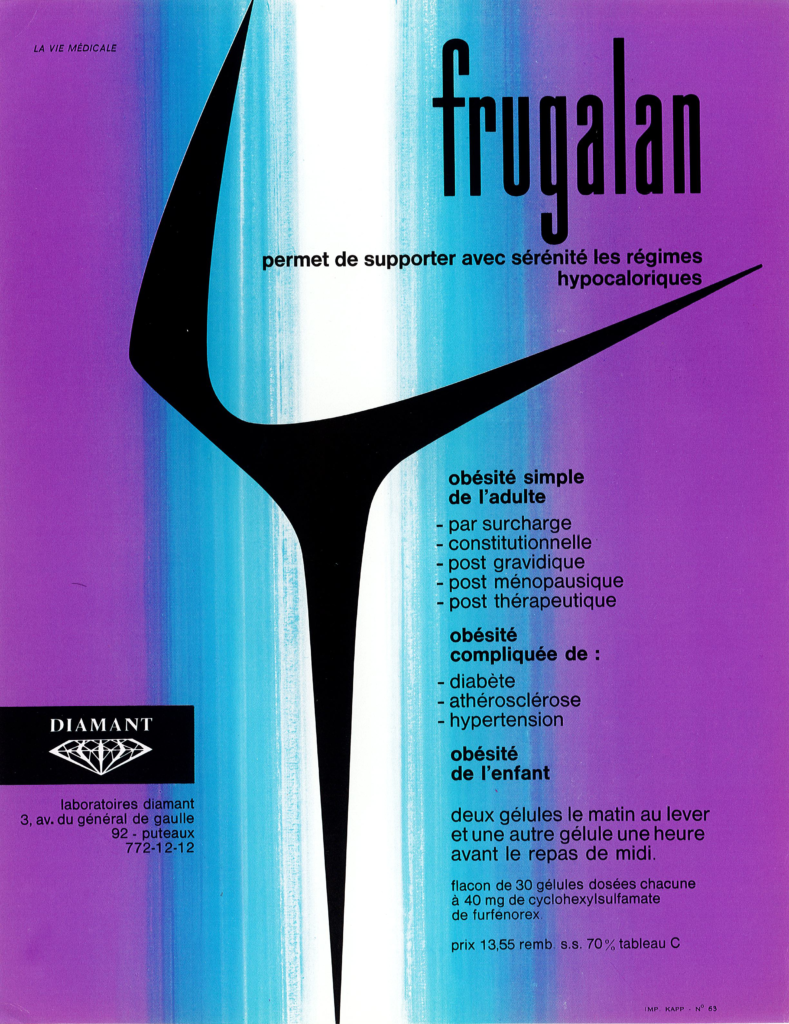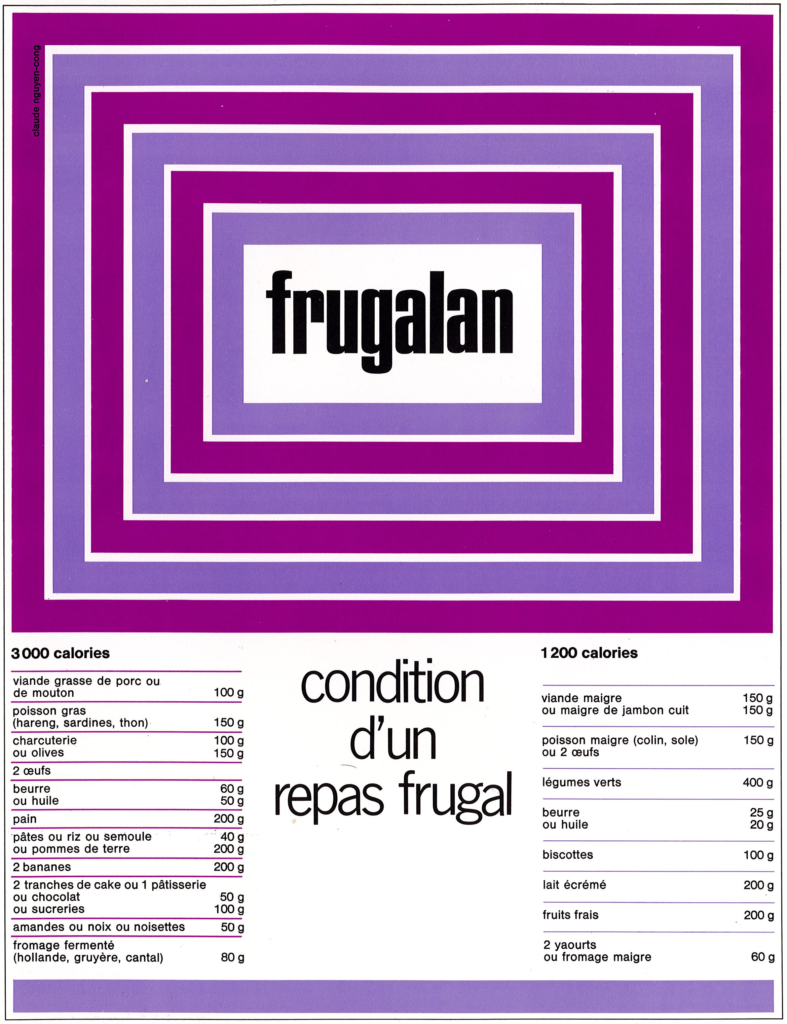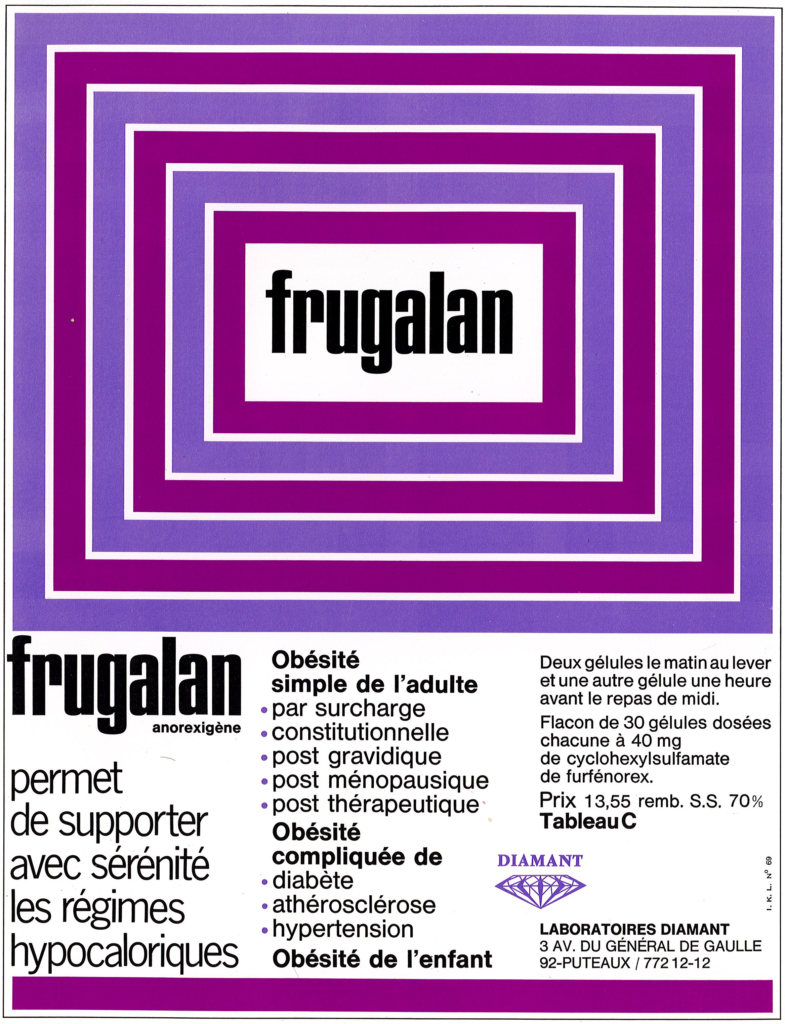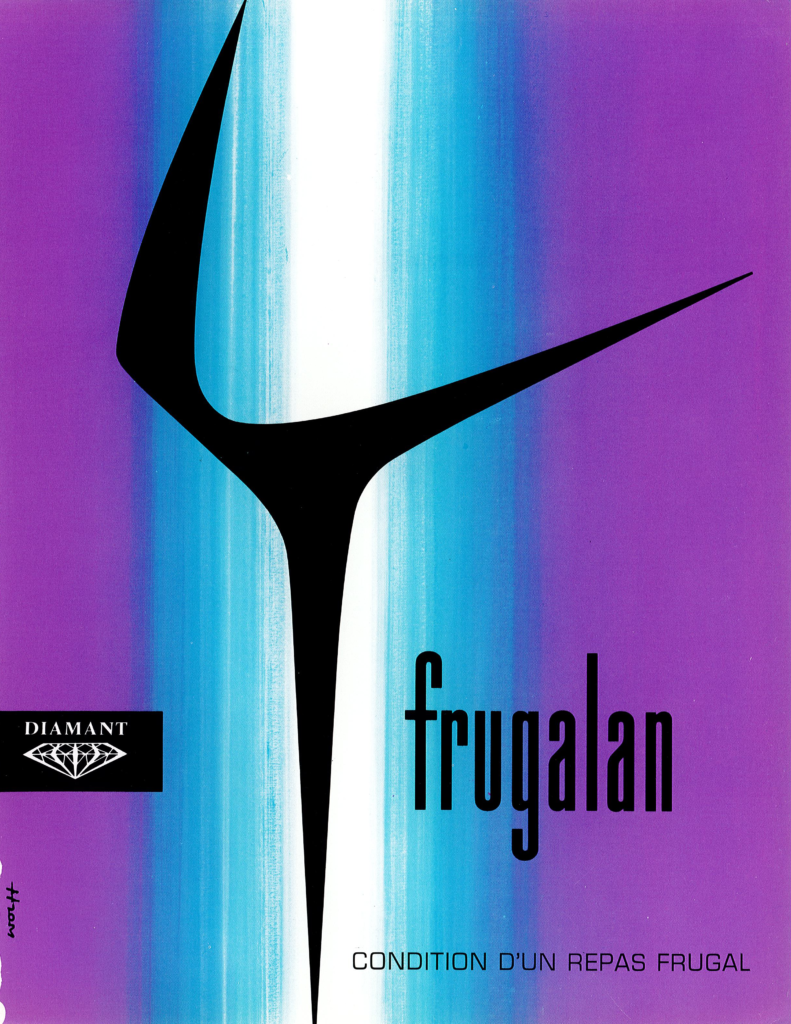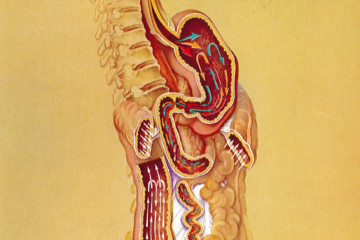Frugalan® was a classical anorexic drug, used in the 1970s for the treatment of obesity. The active principle was a furan derivative, designated furfenorex cyclohexylsulfamate (or N-methyl-N-(1-methyl-2-phenylethyl)-2-furanmethanamine). The objective of the drug treatment was to reduce appetite, to favor lower food consumption and ultimately weight loss in overweight and obese patients. The product was specifically developed as an appetite suppressant. It is no longer marketed, due to the risk of abuse.
The compound is considered as a “precursor” drug, metabolized by the body to the well-known stimulant drugs amphetamine and methamphetamine. In men, administration of Furfenorex resulted in an excretion of both methamphetamine and amphetamine in the urine (and their respective 4-hydroxy metabolites). The illegal consumption of such “precursor” drugs raises concerns, because methamphetamine has a high potential for abuse and addiction. Excessive use of such drugs can cause extreme weight loss, severe dental problems (the so called “meth mouth”), anxiety, confusion, insomnia, mood disturbances, and violent behavior, as well as psychotic manifestations. Today, there are other “appetite suppressant” acting on neurochemical transmitters of the central nervous system to reduce food intake. They are usually recommended only for short-term use. They can represent useful adjuncts to diet and physical activity.

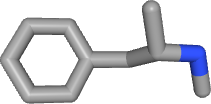
Illustration: The black symbol in the middle of the blue light beam likely represents the F of Frugalan, shaped like a slim body. The drug was supposed to help obese patients loosing weight and moving toward a more slender shape.
